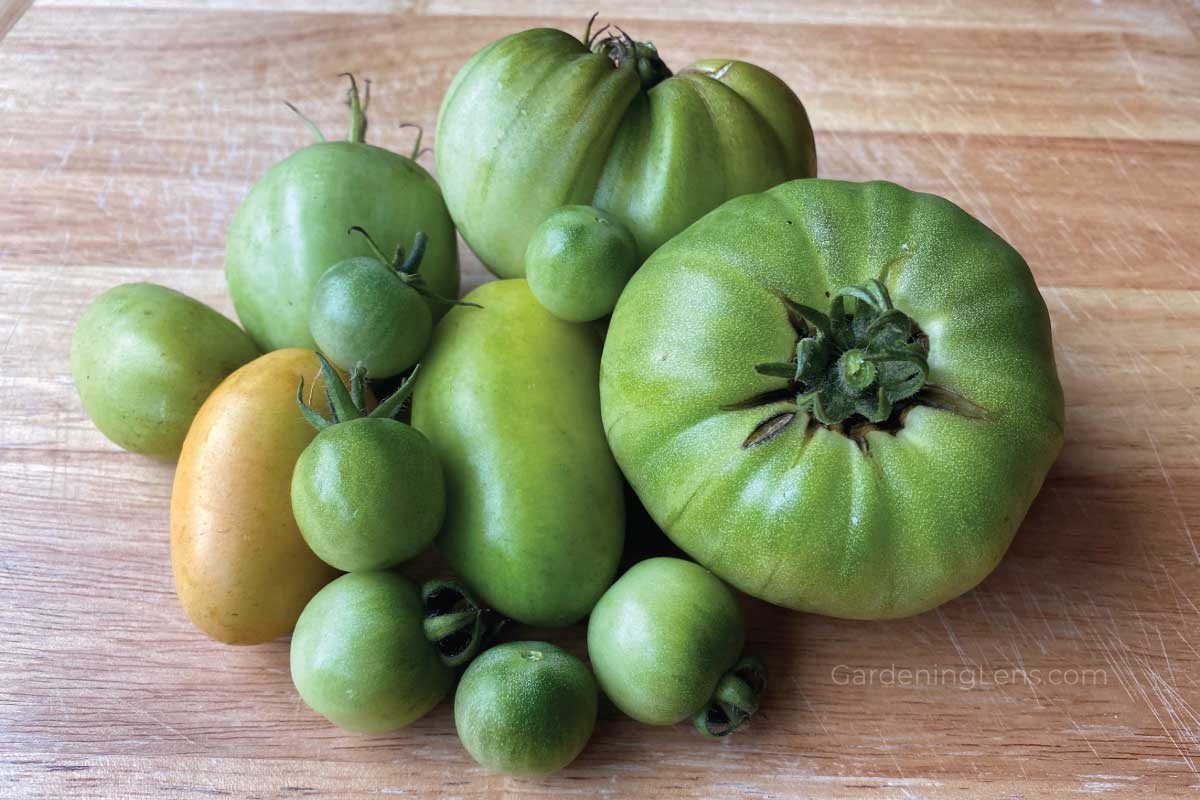Hydrangeas are an incredibly popular plant choice for many gardens and landscapes due to their stunning, large flower heads and their capacity to thrive in various climates. However, understanding when and how to prune hydrangeas by type can be a daunting task for many gardeners. Pruning at the right time and in the right way can enhance the bloom production and health of the plant, while incorrect pruning can reduce or even eliminate flowering for a season.
Given that there are multiple types of hydrangeas, each with its unique pruning requirements, this article aims to provide a comprehensive guide on when and how to prune hydrangeas by type. Let’s dive into each type of hydrangea, offering insights into its characteristics and specific pruning guidelines.
When & How to Prune Hydrangeas by Type
Smooth Hydrangeas
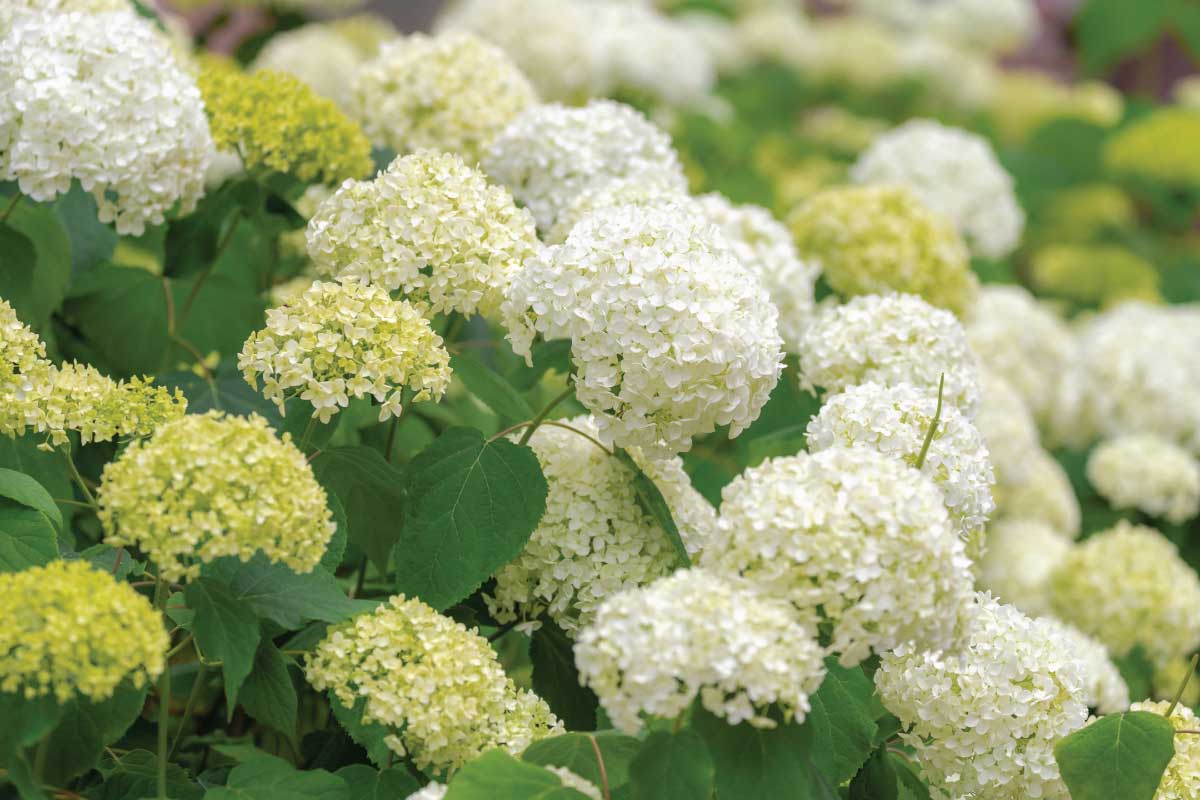
Hydrangea arborescens (commonly known as smooth hydrangeas or wild hydrangeas) are native to the eastern United States and are known for their round, white flower heads. The shrubs can grow 3 to 5 feet tall and wide. Unlike some other types, the flowers form on new wood that grows in spring.
Pruning: Since they bloom on new growth, prune them in late winter or early spring. Cut back the old stems to ground level to encourage new, vigorous growth. Deadheading spent blooms throughout the summer can also encourage re-bloom.
Popular Varieties: ‘Annabelle’, ‘Incrediball’, ‘Invincibelle Spirit’
Bigleaf Hydrangeas

Hydrangea macrophylla (commonly known as bigleaf hydrangeas, French hydrangeas, lacecap hydrangeas, or mophead hydrangeas) are recognized for their large, round flower heads. These hydrangeas are some of the most common types seen in gardens. Their color can vary based on soil pH – from pink in alkaline soil to blue in acidic soil. They typically bloom on old wood, though some newer varieties can bloom on both old and new wood.
Pruning: Since most varieties bloom on old growth, it’s best to prune them in the late summer or early fall to avoid cutting off next year’s buds. Only remove dead or weak stems.
Popular Varieties: ‘Nikko Blue’, ‘Endless Summer’, ‘BloomStruck’
Mountain Hydrangeas
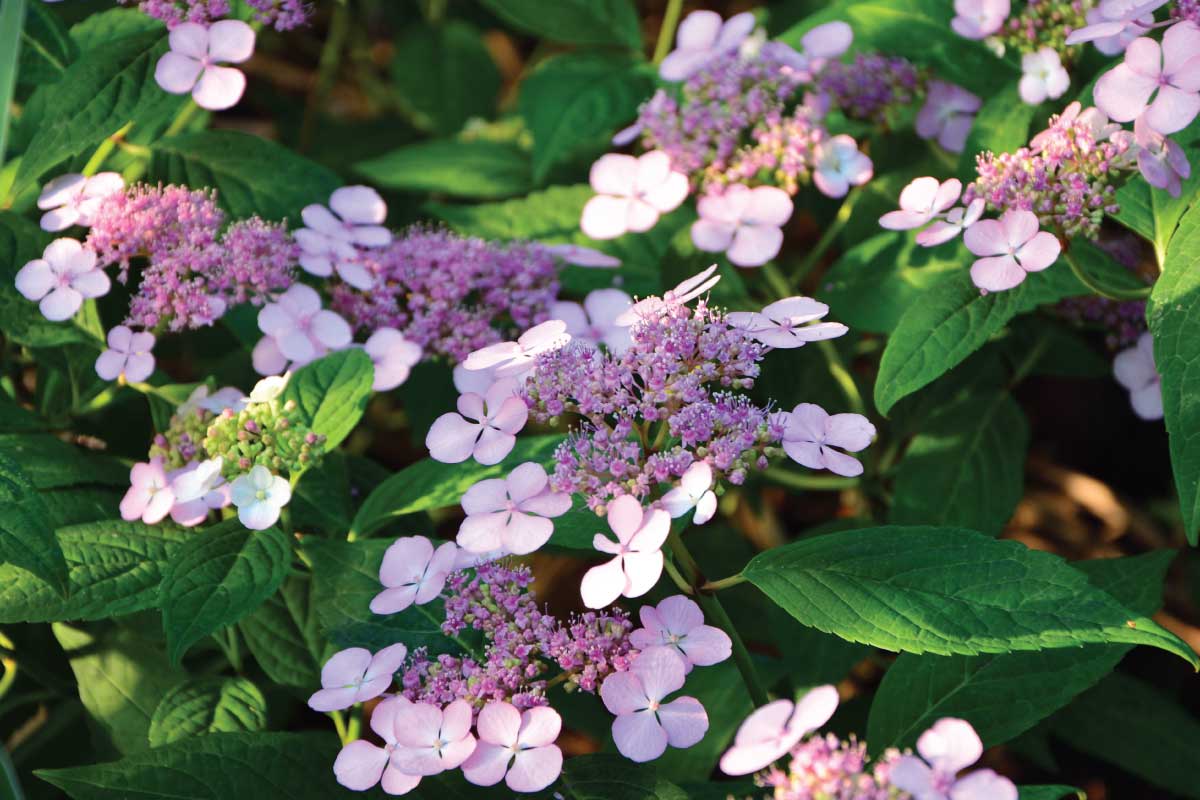
Hydrangea serrata (commonly known as mountain hydrangeas or tea of heaven) are closely related to H. macrophylla. These hydrangeas are smaller in stature and native to mountainous regions of Korea and Japan. Their leaves are more serrated, and they also bloom on old wood.
Pruning: Similar to H. macrophylla, prune in late summer or early fall to preserve the buds for the following year.
Popular Varieties: ‘Blue Deckle’, ‘Beni’, ‘Diadem’
Panicle Hydrangeas
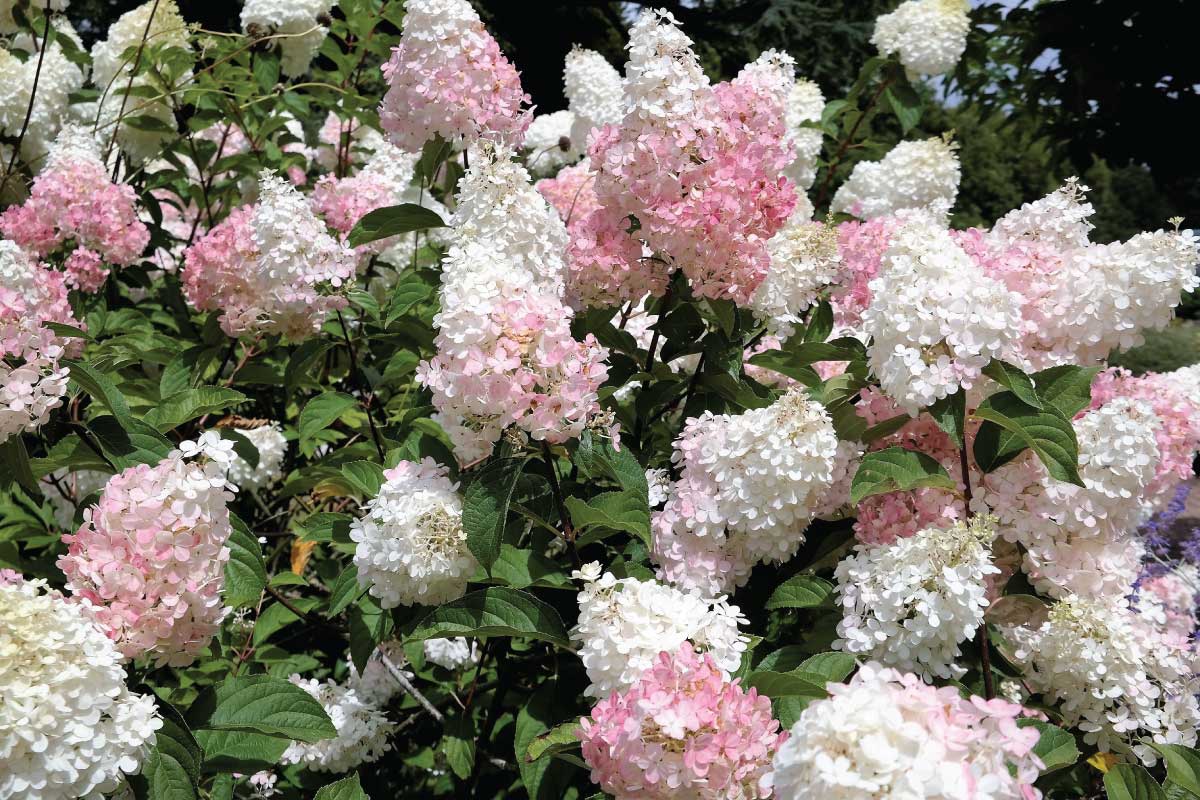
Hydrangea paniculata (commonly known as panicle hydrangeas) stand out with their cone-shaped flower heads. They can grow quite tall (up to 15 feet) and are more tolerant of cold climates. They bloom on the current season’s wood.
Pruning: Since they bloom on new growth, you can prune them in late winter or early spring. This will help stimulate the growth of new shoots, which will then produce flowers.
Popular Varieties: ‘Limelight’, ‘Vanilla Strawberry’, ‘Quick Fire’
Oakleaf Hydrangeas
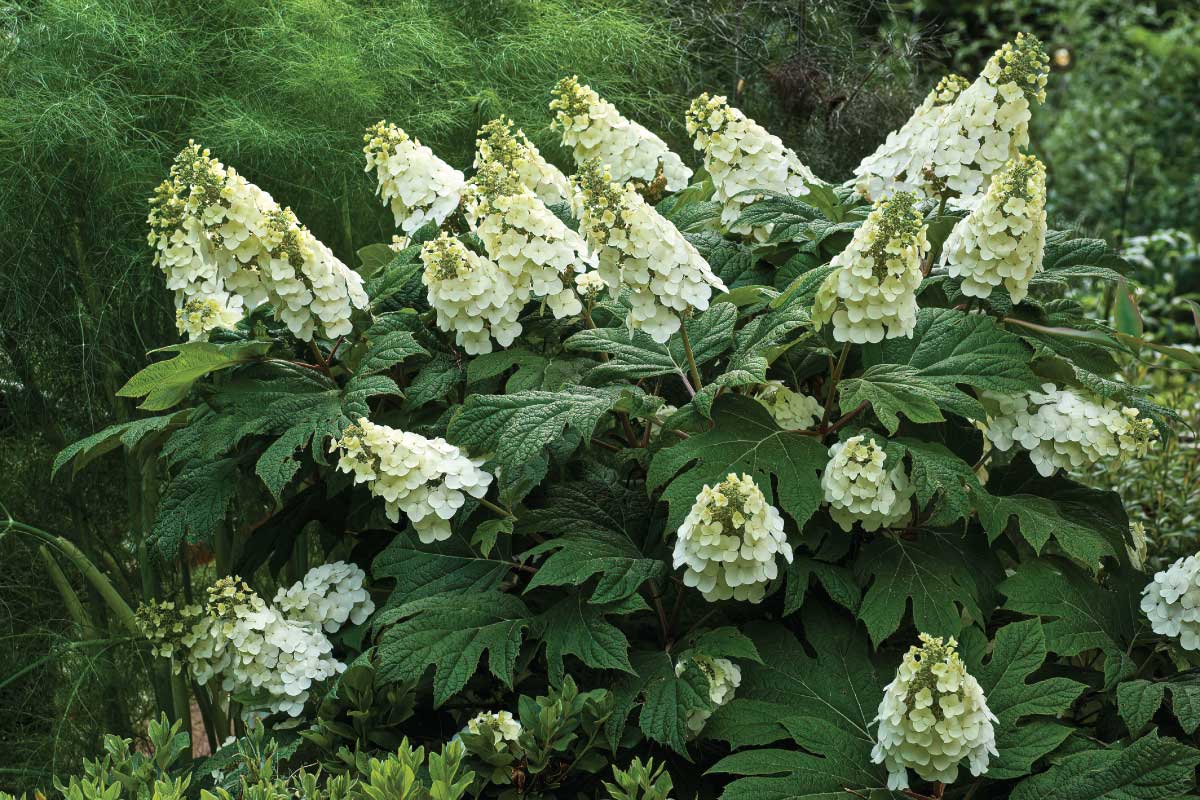
Hydrangea quercifolia (commonly known as oakleaf hydrangeas) are named for their oak-shaped leaves. These hydrangeas offer beautiful fall foliage. They are native to the southeastern U.S. and produce white, cone-shaped flower heads. They bloom on old wood.
Pruning: To maintain their shape and size, prune them in late summer or early fall. Avoid late-season pruning, as it may remove next year’s flower buds.
Popular Varieties: ‘Snow Queen’, ‘Ruby Slippers’, ‘Alice’
Climbing Hydrangeas
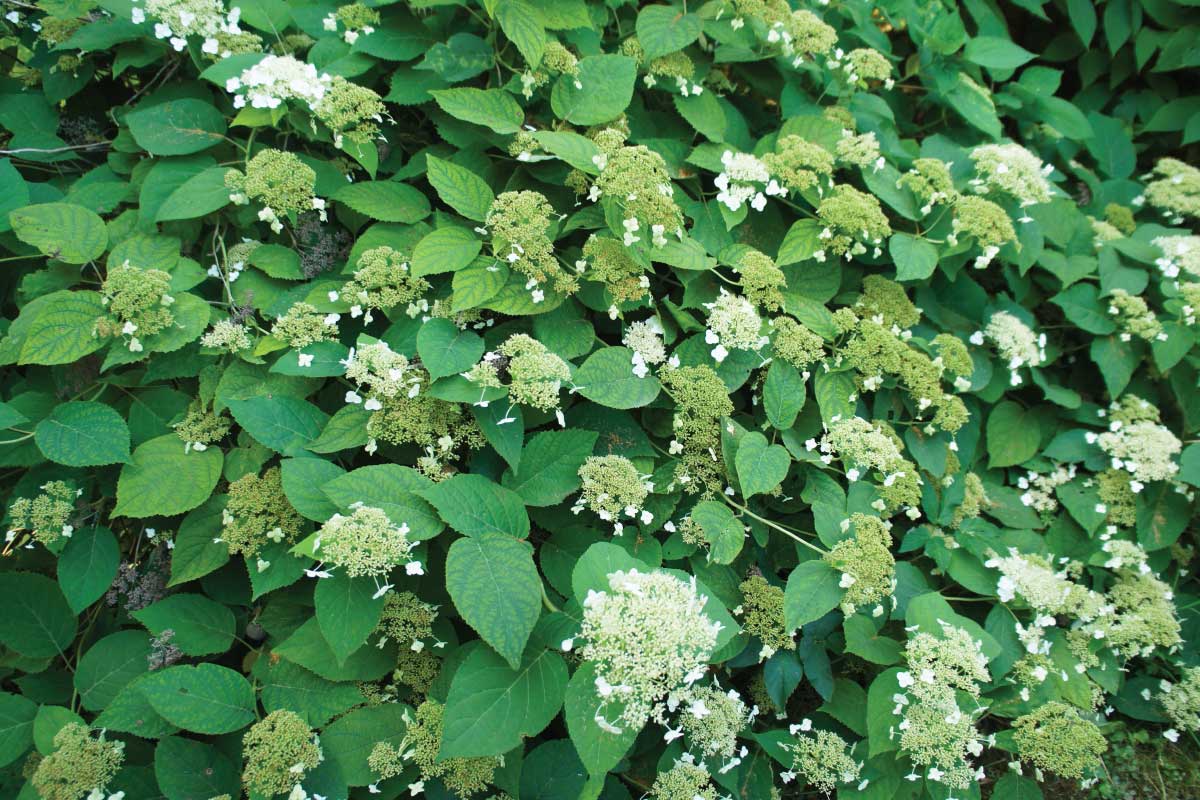
Hydrangea petiolaris (commonly known as climbing hydrangeas) is a slow-growing, climbing vine that can attach itself to walls, trees, or fences. It offers white, fragrant flowers in late spring to early summer.
Pruning: Pruning is not mandatory for this variety unless it’s growing out of its allotted space. If necessary, trim it back in summer after it has bloomed.
Popular Varieties: Not as variably cultivated; the species itself is most commonly used.
Conclusion
Pruning hydrangeas correctly depends on knowing the type you have in your garden. By understanding their growth and blooming habits, you can tailor your pruning approach to maximize their flowering potential and overall health. Always remember, a well-pruned hydrangea is a happy hydrangea!


